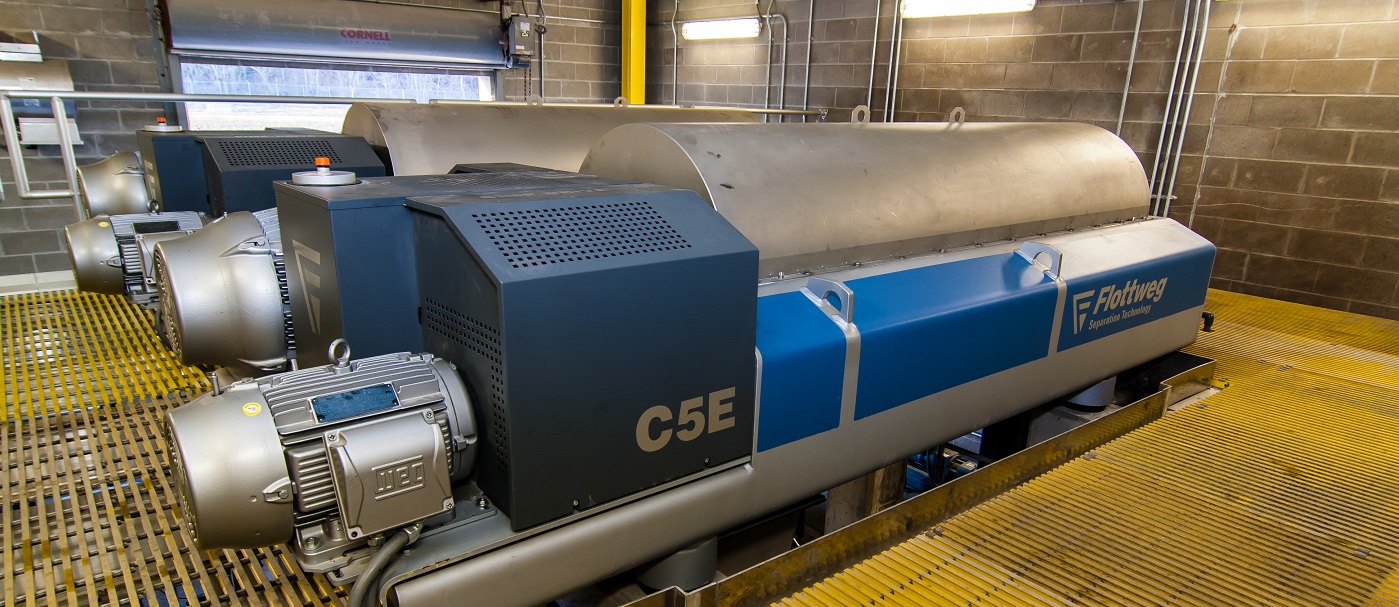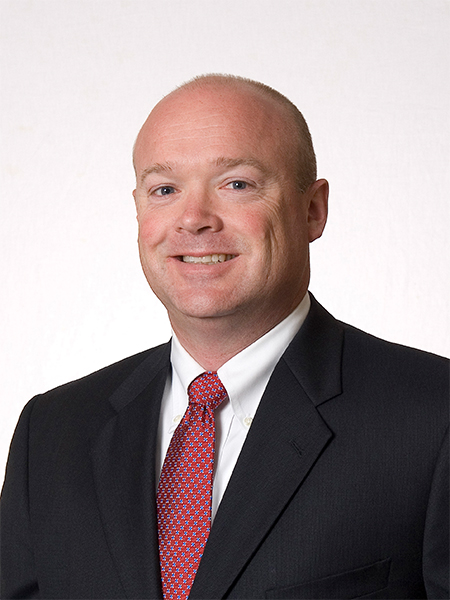The West Central Conservancy District (District) owns and operates a 5 million-gallon-per-day (MGD) wastewater treatment plant serving the Avon, Indiana area. The district was facing significant capacity limitations and age concerns with its existing biosolids facility where digested biosolids were dewatered using a belt filter press (BFP), stabilized with an RDP lime pasteurization Class A process and discharged to a solar drying system. The Wessler team completed a Biosolids Master Plan for the district and provided design, bidding and construction services of the Centrifuge Dewatering improvements.
The solar drying system could not keep up with sludge production and was abandoned by the District, along with their RDP process, and a temporary conveyor was used for loading biosolids into roll-off containers for landfill disposal. An evaluation of the belt filter press estimated that it would reach capacity (operating five days per week) when average daily flows approach 3.9 MGD. With existing flows above 3 MGD, the District was anxious for a long-term solution.
Wessler completed a Biosolids Facilities Master Plan (Master Plan) for the District in October 2008. The Master Plan evaluated eight options for biosolids handling and disposal up to a 12 MGD ultimate capacity. The most cost-effective solution was based on centrifuge dewatering with landfill disposal.
Wessler followed up with the design of the Centrifuge Dewatering Improvements, which provides the District with a fully redundant biosolids processing system that includes two identical centrifuges, a fully-automated auger conveyor system capable of loading up to three roll-off containers, and two sets of sludge feed systems and polymer supply units. Being fully-automated and integrated, the entire system is capable of starting and stopping with the push of just three buttons.
Due to limited space on the existing wastewater treatment plant (WWTP) site, the improvements needed to be incorporated within the footprint of the existing biosolids facility. The existing RDP process room was modified for one container and an adjacent building addition constructed for housing the two additional containers. The specifications required the contractor to provide a temporary dewatering system during construction to meet the same requirements of the existing system to avoid the District paying increased disposal costs. The contractor was able to retain and sell the existing belt filter press and RDP system, which reduced the bid and saved the District money.
At the current 5 MGD capacity, disposal savings are anticipated to exceed $2.6 million over the next 20 years due to decreased disposal costs and reduced labor oversight. Since implementation of the project, the District has reduced dewatering labor from five days per week of continuous oversight to two days of partial oversight.
Read More


